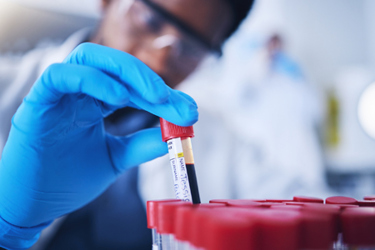Tissue Biopsy Collections In Nonhuman Primates During Toxicology Studies
By Vishal Kothari, Narine Lalayeva, Julie Forget, and Norbert Makori

In toxicology studies, the collection of biopsies for biodistribution is a crucial step, particularly for gene therapies, to identify biomarkers and assess efficacy. It is vital to understand whether the biopsy collection process in nonhuman primates (NHPs) affects the safety and efficacy of the test article.
To evaluate this, we retrospectively analyzed pre- and post-biopsy data—comprising clinical condition, body weight, hematology, and serum chemistry parameters—collected from cynomolgus monkeys in studies that included biopsies (n=30), comparing it with data from studies that did not involve biopsies (n=22). The analysis reviewed 106 biopsies (14 muscle, 20 liver, and 72 skin) and found that the biopsy procedure did not cause significant changes in body weight, clinical signs, hematology, or serum chemistry compared to animals without biopsies. In four of the seven studies, biopsy samples were the primary endpoint for evaluating biodistribution or pharmacological effects, while in the other three, they were used to assess toxicity. Mild swelling or wound presence was observed at the biopsy site in 13% of animals, but all cases were resolved with veterinary care.
In conclusion, the use of minimally invasive biopsies in nonclinical safety studies enhances the evaluation of toxicology and biodistribution without compromising data quality or animal well-being, supporting the 3Rs principles of animal welfare—Replacement, Reduction, and Refinement.
Get unlimited access to:
Enter your credentials below to log in. Not yet a member of Drug Discovery Online? Subscribe today.
